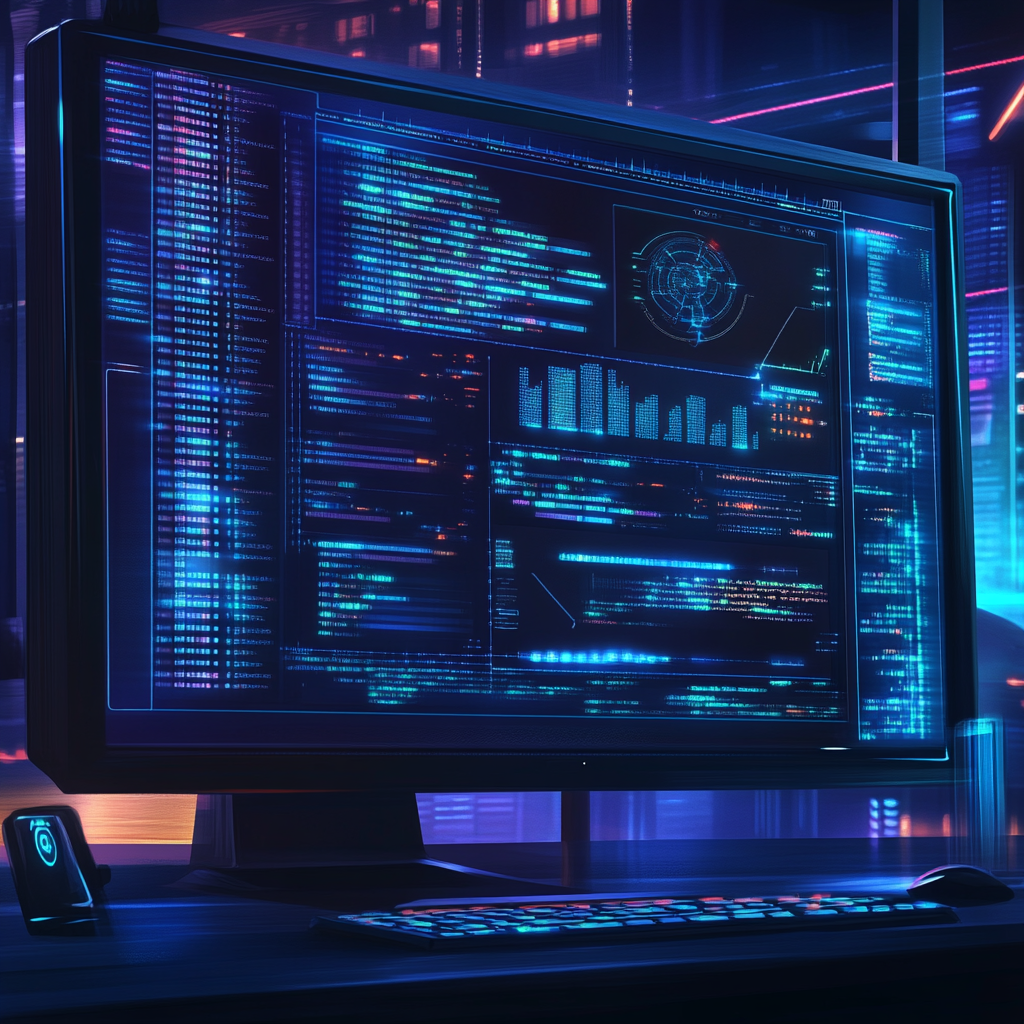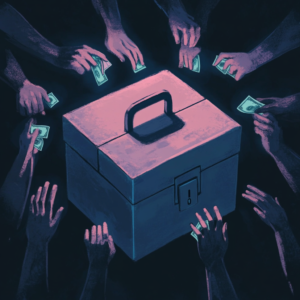
“Unveiling the Shadows: Decoding the Enigmatic Drug Jargon Hidden from Law Enforcement”
In the complex world of crime—especially the sneaky underbelly of drug trafficking—there’s something both exhilarating and chilling about the technological innovations sprouting up to combat it. Enter the marvels of modern science: a pioneering AI system from researchers at the University of Electro-Communications (UEC) that’s shaking the very foundations of illicit communication. This isn’t just another piece of tech on the market; it’s a veritable spotlight illuminating the dim alleys of "dark jargons," those shadowy phrases that cunning criminals use to chat without getting caught.
So, let’s get right to it. Drug dealers and other nefarious types have always had a flair for linguistics. Picture this: on social media platforms, terms like “Green-Crack” and “Pineapple-Chunk” are more than colorful imagery; they’re codes for something dangerously enticing. You’d think law enforcement could just read the messages and bust these rogues, right? Wrong! The traditional methods of cracking down on such slang often fall flat on their faces like a rookie cop in a high-speed chase. Why, you ask? Because they break sentences down to individual words, missing the crux of the culprit's secret sauce. Like trying to solve a puzzle with half the pieces missing—frustrating, to say the least!
But wait—along comes this shiny new AI technology, charging into the fray like a seasoned detective with a magnifying glass. What distinguishes it from those outdated methods? Context. Oh, glorious context! This system dives deep into the relationships between words. It’s like a relationship therapist for your vocabulary, understanding how certain words tend to get cozy together. By analyzing the frequency with which these words cuddle up, the AI sifts through the noise to spotlight these hidden jargons, even if they just popped up on the scene overnight.
Imagine the repercussions of that. In tests, this brainy machine has been able to spot more dark jargons than its earlier counterparts—up to a stunning 7% more accurately. That’s worth celebrating, don’t you think? During discussions with experienced police officers, a shocking 93% of the newfound jargons turned out to be previously unknown. Think about it: a sophisticated piece of code answering that age-old question—what are these crooks actually saying? It’s as if the AI has cracked the code of contemporary criminal lingo, revealing just how outdated some traditional methods have become.
The broader implications of this invention reach far and wide, wrapping themselves around the very fabric of public safety. Imagine law enforcement agencies equipped with the power to respond faster than ever before as they uncover plots and communications that once fluttered past their radar as elusive shadows. It's not just about catching the bad guys; it's about making social media a safer playground for all users. Nobody wants to stumble across a comment thread riddled with drug deals disguised in clever puns, right? Thanks to this innovation, these platforms stand a fighting chance against such infractions.
The AI system isn’t just playing defense; it’s attacking the problem at its core. Take, for example, the rising issue of "yami baito" in Japan—those illegal part-time jobs strung together by the murky undercurrents of crime. This AI could jump in, sift through the jargon used in online job recruitments, and help law enforcement uncover hidden networks of illicit activity. The idea that technology like this could aid in creating safer workplaces is simply thrilling.
Now let’s pull the lens back a bit. While we’re focused on dark jargons and the nuances of slang, let’s recognize that the applications of AI in law enforcement extend far beyond just deciphering covert conversations. Picture data analytics—those enormous, sprawling databases that house crime patterns and, alongside it, the AI’s analytical eyes combing through every detail with unerring precision. This is intelligence at hyper speed! The power to detect patterns or anomalies that could escape human observation is game-changing. It’s not just about play-acting Sherlock Holmes; it’s about deploying cutting-edge tech to keep ahead of bad behavior.
Additionally, we can't gloss over the role of open-source intelligence (OSINT). Here’s the kicker: AI can absorb and dissect free data readily available on the internet. It’s like having a virtual spy that can identify potential threats and lift the curtain on ongoing criminal activities. Imagine the lives that could be saved or the large-scale operations that could be dismantled thanks to this updated arsenal!
Of course, we must tread with care. The incorporation of AI should come with a stern reminder about ethical considerations. After all, we’re venturing into the leviathan of privacy and data protection. Frequent audits and checks on AI systems are imperative; we must balance the quest for knowledge with the fundamental rights that every individual holds dear. Nobody wants a world where constant surveillance trumps living freely, after all. So while we revel in the shiny technology, let’s keep our ethical compass at the forefront. It’s not just a technological revolution—we’ve got to make sure it’s a socially responsible one.
In closing, the mission to curb online crime has just leveled up, ushered in by this remarkable AI achievement in identifying hidden drug terms. As the world of crime shifts ever more into digital terrains, we can breathe a collective sigh of relief knowing that we have a technological ally on our side. The stakes are high, but with advances like these, law enforcement can stay one step ahead. This innovation not only shines a light into the obscured realms of dark jargon but sets the stage for dynamic change in cybercrime prevention strategies.
Want to stay up to date with the latest news on neural networks and automation? Subscribe to our Telegram channel: @channel_neirotoken

